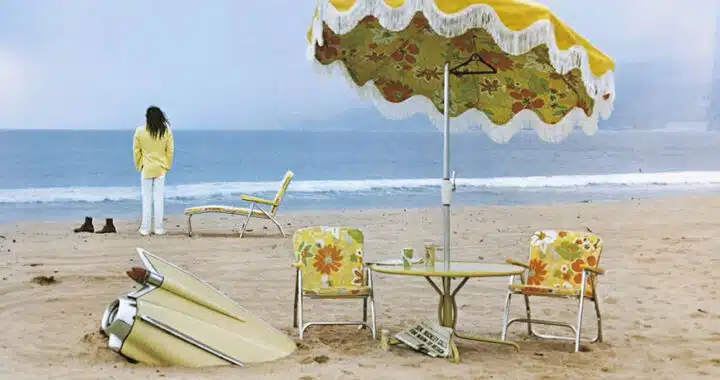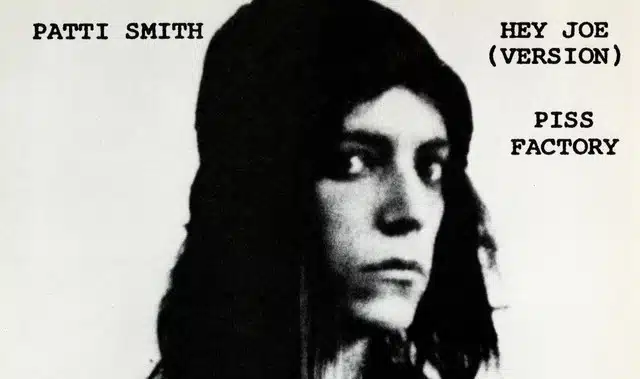
The Best Books of 2024
PopMatters Best Books of 2024 include a broad range of nonfiction, many books on music, short fiction, a novel that turns a Mark Twain classic inside out, and much more.

PopMatters Best Books of 2024 include a broad range of nonfiction, many books on music, short fiction, a novel that turns a Mark Twain classic inside out, and much more.

When the light hits the music just right, Tom Waits’ body of work unlocks and reveals itself: to be at home anywhere is to be at home nowhere at all.

For her 1989 album, Taylor Swift wrote breakup songs that cleverly conveyed to fans she had personal freedom even from within her glass castle.

From the contributors of NPR’s Turning the Tables series, How Women Made Music paints a large, colorful canvas from years of research and dialogue.

Based on 150 interviews with folk music notables, David Browne’s Talkin’ Greenwich Village lends this saga in music history the epic scope it has long deserved.

This is what happened when college-age music enthusiasts raided empty FM radio studios and played whatever turned them on.

Neil Young’s On the Beach lodges not in the heart or brain but in the spleen. Perfect for depressed, alienated teenagers in the soft-rock days before punk.

Trump’s recent co-option of Lee Greenwood and his song “God Bless the U.S.A.” isn’t the first time the far right has used country music for its purposes.

In the post-punk era, progressive rock figurehead Robert Fripp and synth pop pioneer Gary Numan would shape the future sound of alternative rock and metal.

Patti Smith’s “Hey Joe” and “Piss Factory” expresses her unremitting fight for freedom: when she went from a factory girl to a poète maudit.

International music has always informed brega (of which covers and remixes are a major part). No wonder many brega pop bands sought inspiration from Madonna.

From working with Frank Zappa and T. Rex to singing the soundtrack to kiddie series like Strawberry Shortcake, Mark Volman’s memoir Happy Forever is a joyful read.